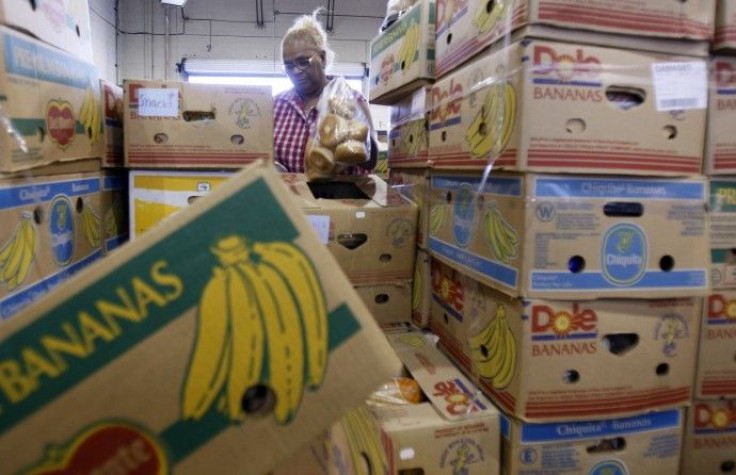17.4-mln households in U.S. went hungry last year

About 17.4 million households in the U.S. had difficulty providing enough food due to a lack of resources in 2009, roughly the same pace as in 2008, according to a report from The United States Department of Agriculture (USDA).
This report highlights just how critical federal nutrition assistance programs are for American families in need and the Obama administration is working to provide greater access to this critical safety net during these difficult economic times, said Kevin Concannon, Under Secretary for Food, Nutrition, and Consumer Services at USDA.
These programs are designed to respond rapidly and automatically to emerging needs in times of economic change and will expand and contract with the economy. We anticipate that food security will improve as the economy improves but in the near-term, without these benefits, many families would face far more severe problems getting the nutritious food they need.
The report indicated that in more than one-third of those households that reported difficulty in providing enough food, at least one member did not get enough to eat at some time during the year and normal eating patterns were disrupted due to limited resources.
Food insecurity was more common in large cities and rural areas, and rates were substantially higher than the national average among households with incomes near or below the Federal poverty line, households with children headed by single parents, and African-American and Hispanic households.
USDA added that while the continued high levels of food insecurity are cause for concern, the fact that the numbers did not increase, despite a significant increase in unemployment and poverty in the United States between 2008 and 2009, underscores the important role of Federal nutrition assistance programs in helping to prevent food insecurity.
About fifty-seven percent of food-insecure households in the survey reported that they had participated in one or more of the three largest federal nutrition assistance programs within the past month.
USDA also noted that federal nutrition assistance programs have seen dramatic participation growth, with major programs at or near record levels of participation. Between 2008 and 2009: average monthly participation in Supplemental Nutrition Assistance Program (SNAP) increased by about 5.3 million people (an 18.7 percent increase).
One million more low-income children received free or reduced price lunches on an average school day (a 5.4 percent increase).
Over 400 thousand more low-income women, infants, and children participated in Special Supplemental Nutrition Program for Women, Infants, and Children (WIC) in an average month (a 4.8 percent increase).
Food donations through The Emergency Food Assistance Program increased by $100 million as a result of the Recovery Act, providing additional USDA Foods to thousands of food pantries and other emergency feeding organizations across the country.
© Copyright IBTimes 2024. All rights reserved.











